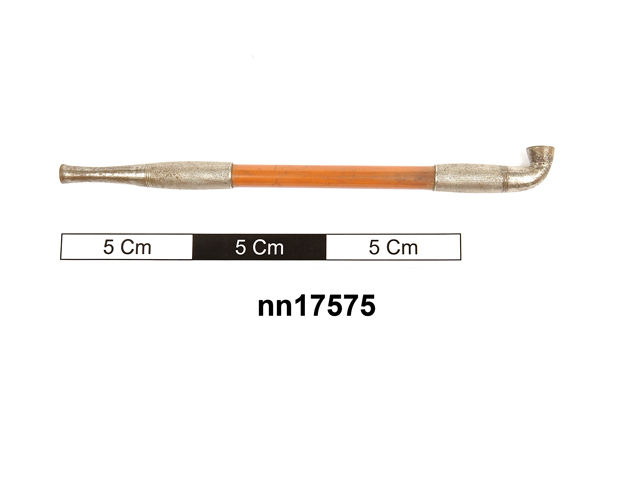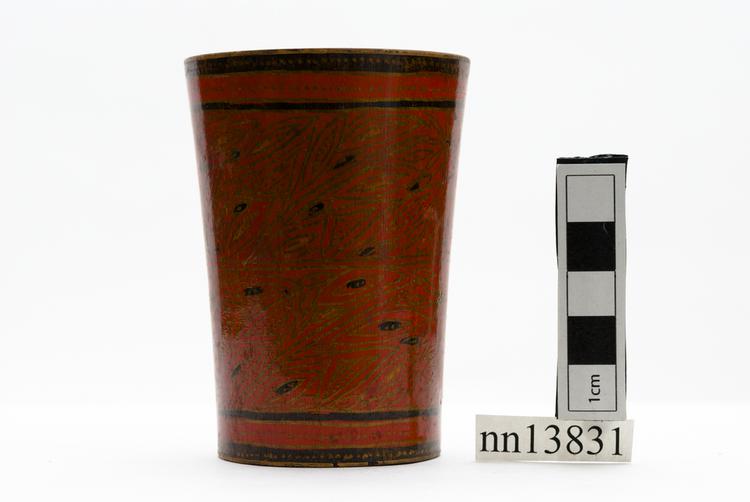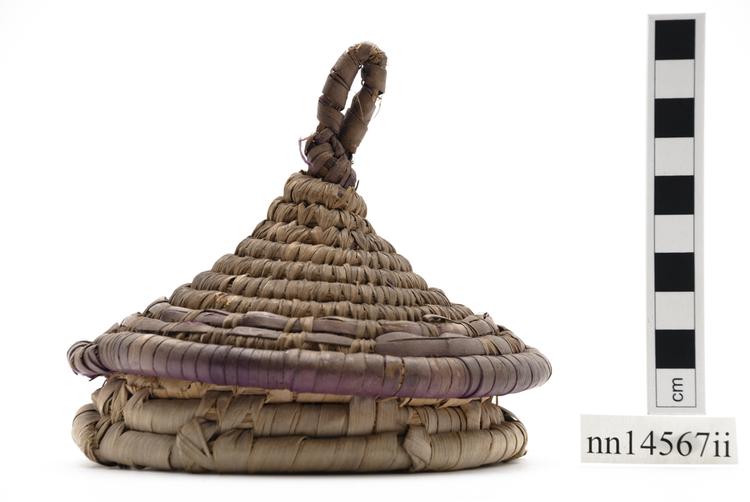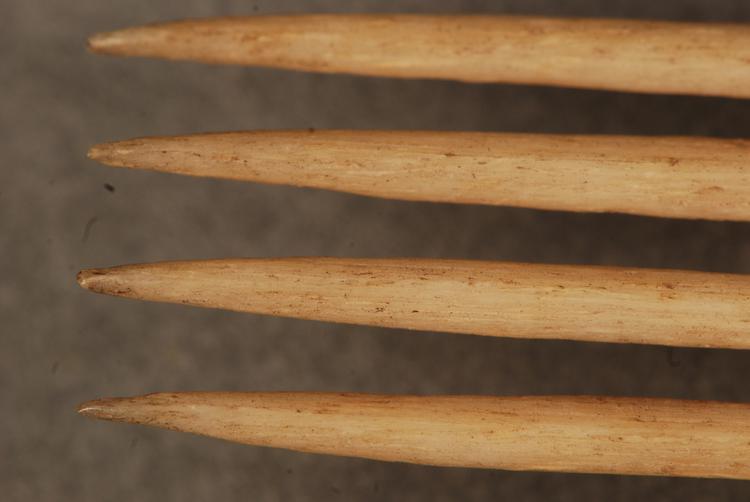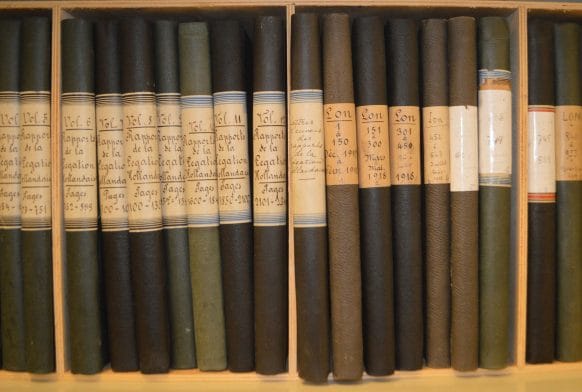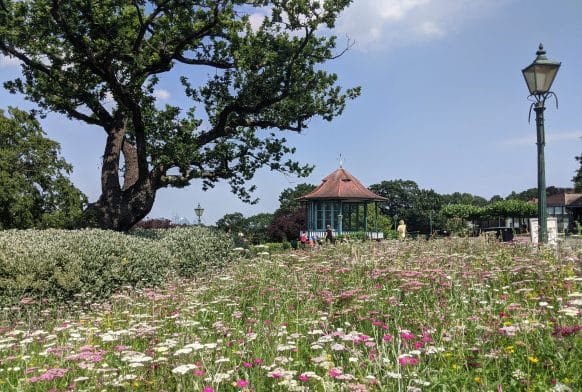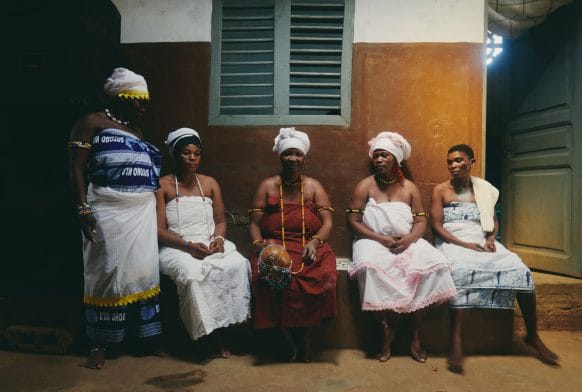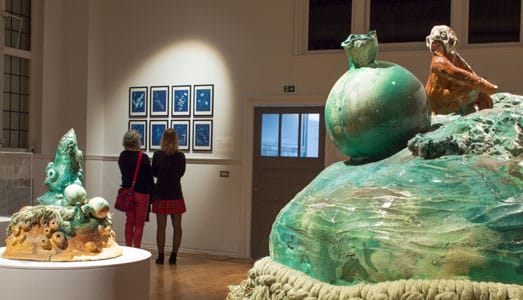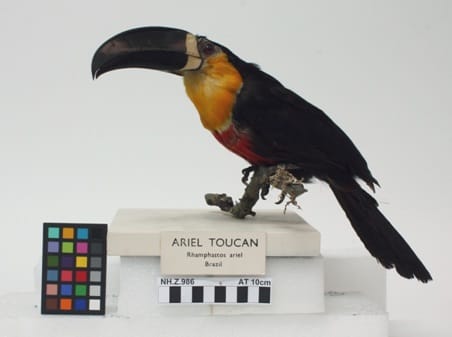Leaf fibre strip skirt woven from coconut leaf tied into a plaited waistbelt which is reinforced with a cord of coconut fibre cordage. This is overlaid with an outer layer of dyed and appliqué stitched pandanus leaf strips in russet, purple, blue and dark red incorporating chevron and cross motifs.
Woman’s Skirt, Titi, Daeamo Toafa, Probably Vaitupu, Tuvalu, Western Polynesia. A woman’s skirt (titi) was an important part of her personal identity: men wore bark cloth sarongs (takai) while women wore these leaf skirts, and so they defined womanhood. Skirts for everyday use were quickly made up from the leaves of coconut (Cocos nucifera) or Pandanus trees, and women often spent a day with their sisters in the plantations, talking and making up new skirts. Titi like this one, reserved for special occasions, had their normal structure of overlapping layers of narrow leaf strips supplemented with one or more upper layers of brightly-dyed whole Pandanus leaves. The brilliant red dye seen here was produced by mixing the sap from the roots of the nonu tree (Morinda citrifolia) with ground limestone. Traditionally, a brown-black dye was also used, that was extracted from mangrove wood (tongo), but the brilliant blue dye we see on this mid-20th Century example comes from ‘washing blue’, a cobalt-based laundry product employed by many Pacific people to artistic effect. An additional attractive element of this titi is the appliqué stitching of letter-shaped pieces of Pandanus to one strip, spelling out a woman’s name: DAEAMO TOAFA. Probably the skirt’s skilful maker, it would be wonderful to know who this mysterious woman was. Coconut leaf, Pandanus leaf, coconut fibre, vegetable pigment, mineral pigment. Mid-20th Century.



